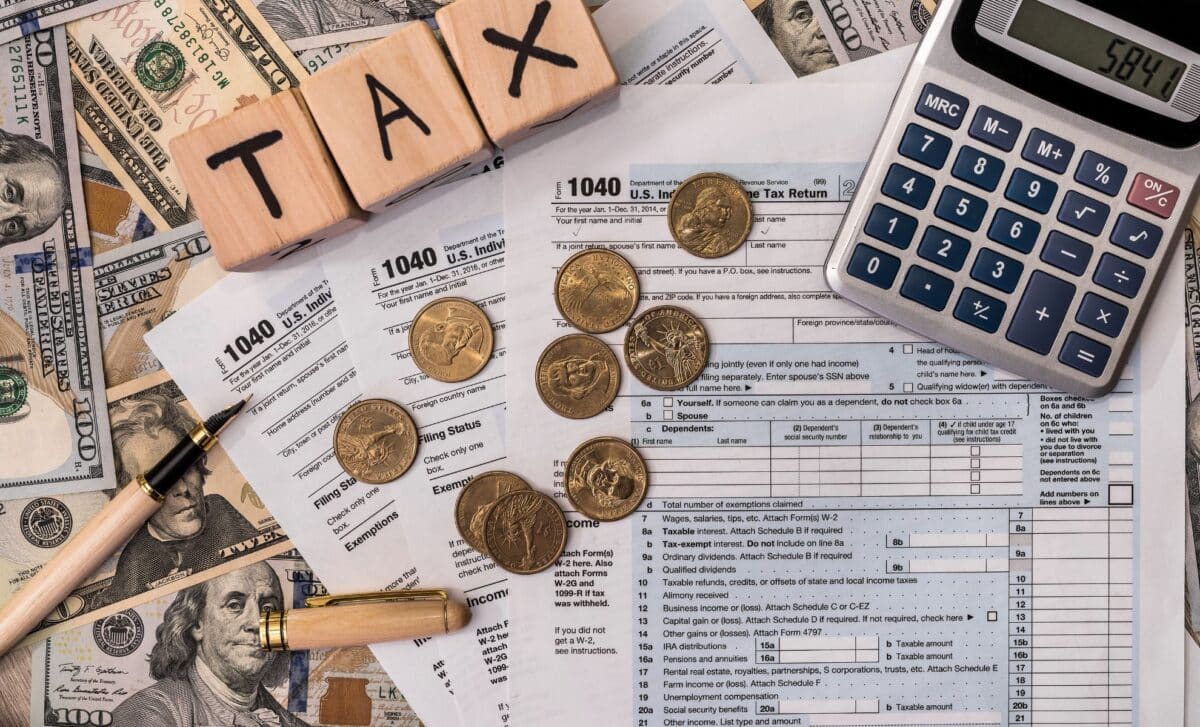The cost of maintaining ‘Gold-Plated’ public sector pensions will be shouldered by taxpayers to the tune of an extra £2.5 billion, following the granting of one of the biggest pay rises in a generation to retired civil servants.
The government has been criticized for offering generous inflation-linked pension schemes to public sector workers such as teachers, NHS doctors and civil servants, saying they are creating a “pension aristocracy”
Former public employees’ retirement benefits are legally determined by taking the September inflation rate from the prior year, which in 2023 was 6.7%. Their salary increases this year are the second-largest in decades when factoring in the 10.1 percent increase from the previous year.
| Pension scheme | Percentage of £25k wage contributed | pension at retirement per £100 contribution |
| Auto-enrolment minimum in private sector | 5% | £16.16 pa |
| Local government | 6.50% | £31.40 pa |
| Civil Service | 5.45% | £42.67 pa |
| Teachers | 7.40% | £49.20 pa |
| NHS | 7.10% | £51.74 pa |
Public vs. Private Sector Benefits
Most private sector employees and employers make monthly contributions to ‘defined contribution’ pension schemes; the size of the pension fund depends on investment performance.
By contrast, public sector ‘defined benefit’ pensions, which are paid as a percentage of the employee’s final or average salary over the course of their career, guarantee an inflation-proof income and are guaranteed by the taxpayer.
Pensioners have double protection against rising costs thanks to the triple lock on state pensions, which guarantees that the state pension will rise in line with inflation, wage growth or 2.5%, whichever is higher.
Former pensions minister Baroness Altmann said many public sector employees are unaware of how lucky they are.
“There has long been a perception that working in the public sector makes you the aristocrat of retirement. Your income for life is linked to inflation and will not fall in the event of negative inflation.” said Baroness Altmann.
Public Sector Employment and Pensions Growth Trends
Since 2015, the number of civil servants receiving an annual pension in excess of £100,000 has tripled to 141. From 3,092 in 2022 to 4,741 last year, the number of people earning more than £50,000 a year has increased by 53%.
Between September 2022 and September 2023, 133,000 people were hired in the public sector. In the private sector, there were 3,000 fewer workers over the same period.
Public sector pensions are ‘unfunded’, which means that the government has not set aside enough cash to cover the obligations. The cost is therefore borne by current taxpayers.
Although common in the public sector, DB schemes have all but disappeared in the private sector due to rising maintenance costs.
The former president of the Institute for Economic Affairs, Neil Record, compared the public sector pension system to a “Ponzi scheme” in which taxpayers would lose out.
The government is choosing to pay 20% of the workforce significantly more than the other 80%,” he said. This cannot be justified politically.









